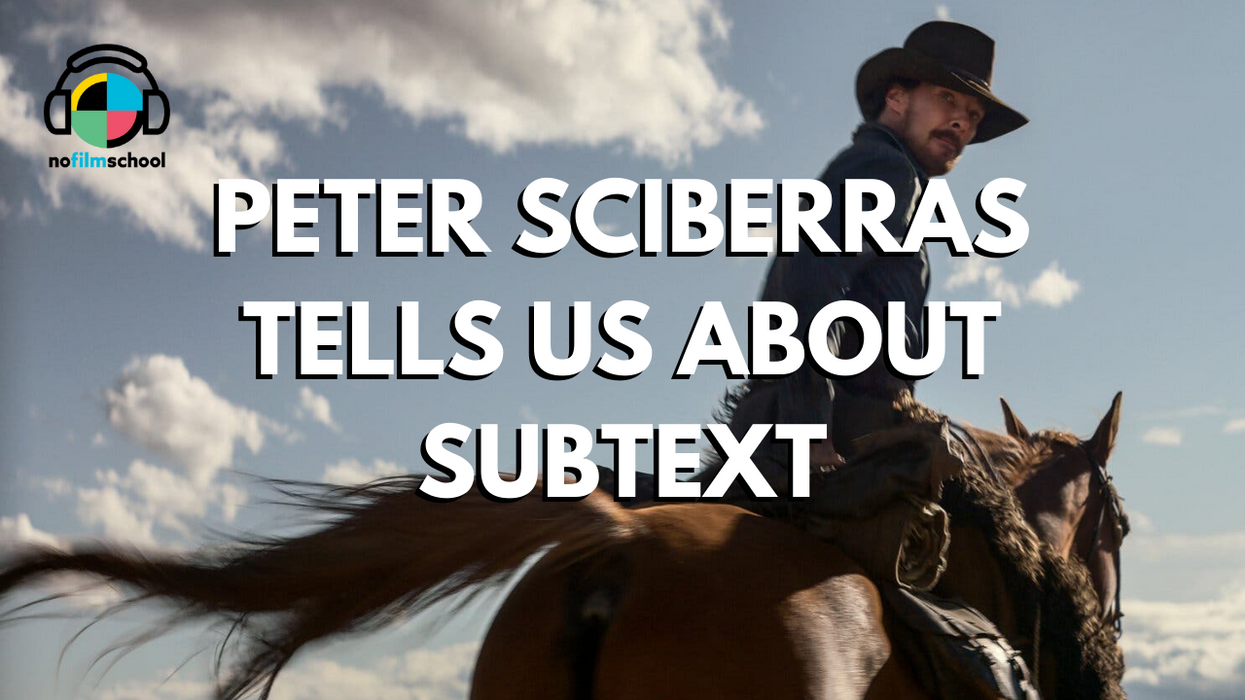'The Power of the Dog' Editor Peter Sciberras Tells Us About Subtext
Y'know who knew how to create meaning with only images? Bronco Henry, that's who.

The Power of the Dog is a movie that takes people by surprise. It's a slow-burning, thoroughly considered yet simple tale about love, longing, revenge, loyalty, and all kinds of other human things that happen in moments where we aren't saying what we mean.
It's a classic example of show don't tell. Of letting the audience do some mental math and figure out what's really going on in the spaces between dialogue. Rarely do the characters say what they mean, or express what they are thinking.
There is masterful work here in the visuals, the performances, the writing, and directing... but today, we're talking about the magic of the editing. Where all those other things come together to form actual meaning.
Where this shot, plus that shot equals this reaction in an audience. It's simple, and every filmmaker knows it, but Peter Sciberras truly breaks it down with me in this interview, where we comb over the finer details of the little cuts and cutaways, and the choices and conversations that took place between him and filmmaker Jane Campion that led to this finished product and its glut of Oscar nominations and other awards.
There really aren't many meritocracies in this world. Entertainment certainly isn't one of them. But Peter's work and intentionality truly earns the respect he's been getting this award season. It's more than just telling a story, it's creating meaning with intent, for a purpose. Peter and Jane did that, and then some.
Bronco Henry would be proud.
Subscribe to the No Film School Podcast on:
Get your question answered on the podcast by emailing editor@nofilmschool.com
Listen to more episodes of the No Film School podcast right here:
This episode of The No Film School Podcast was produced by George Edelman.











